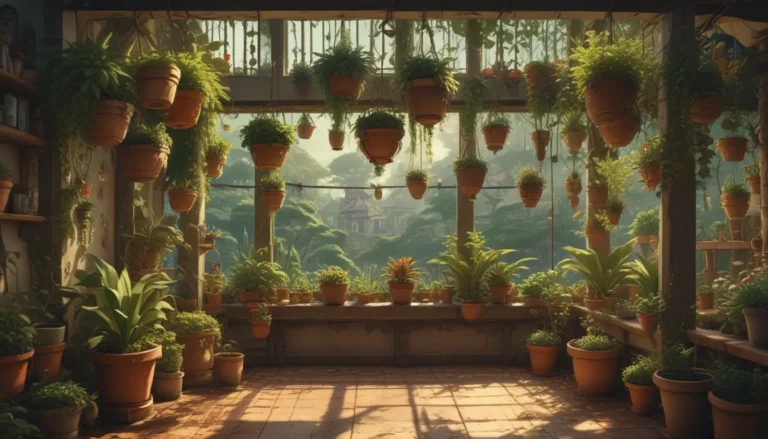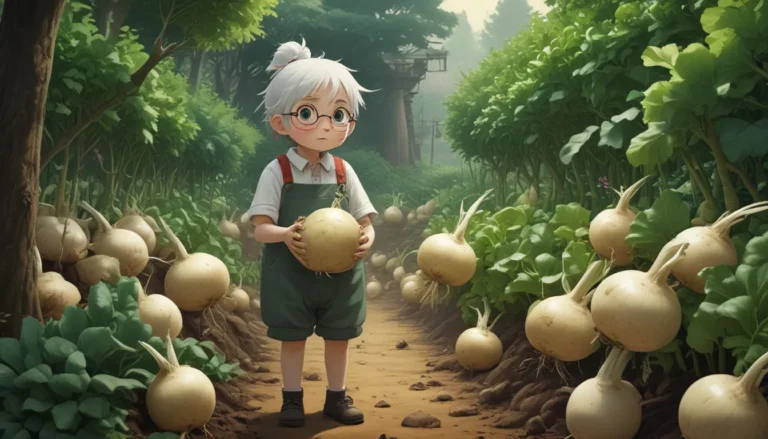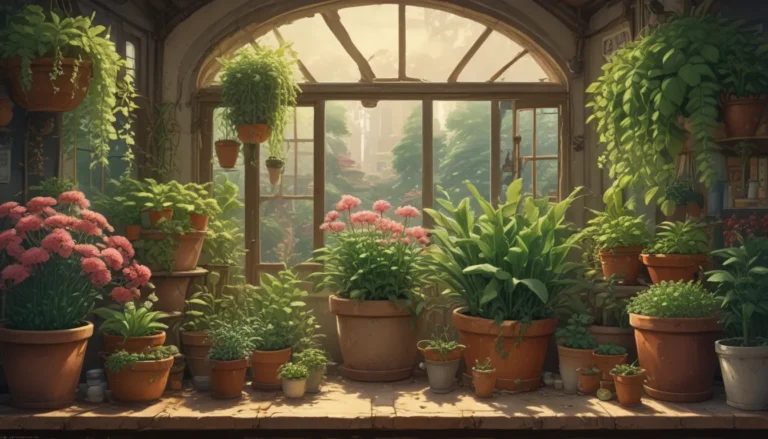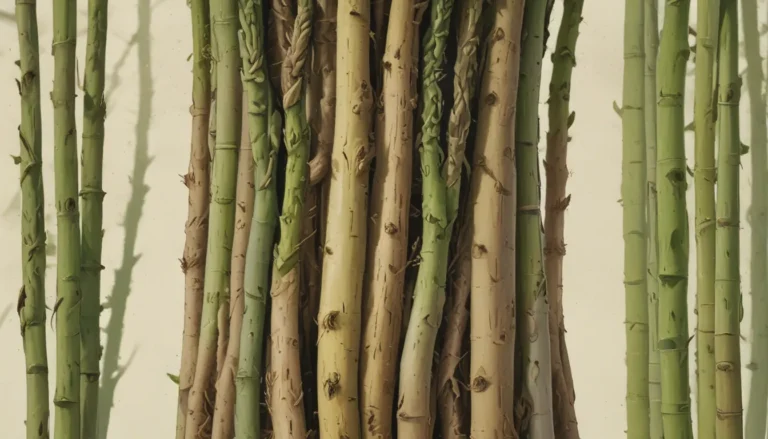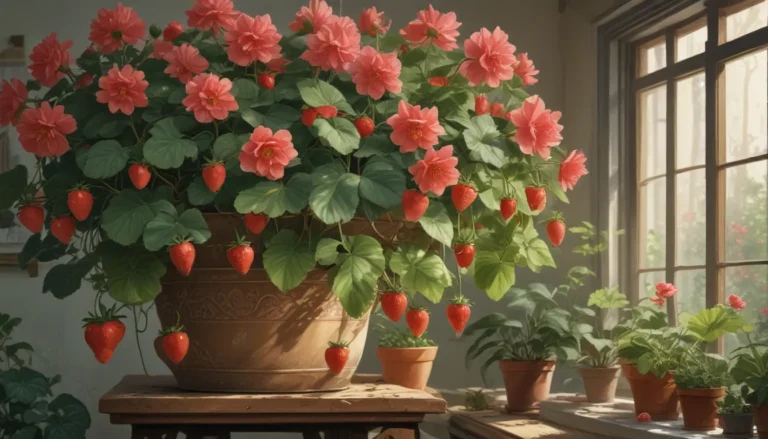The Complete Guide to Growing and Designing with Succulents Outdoors
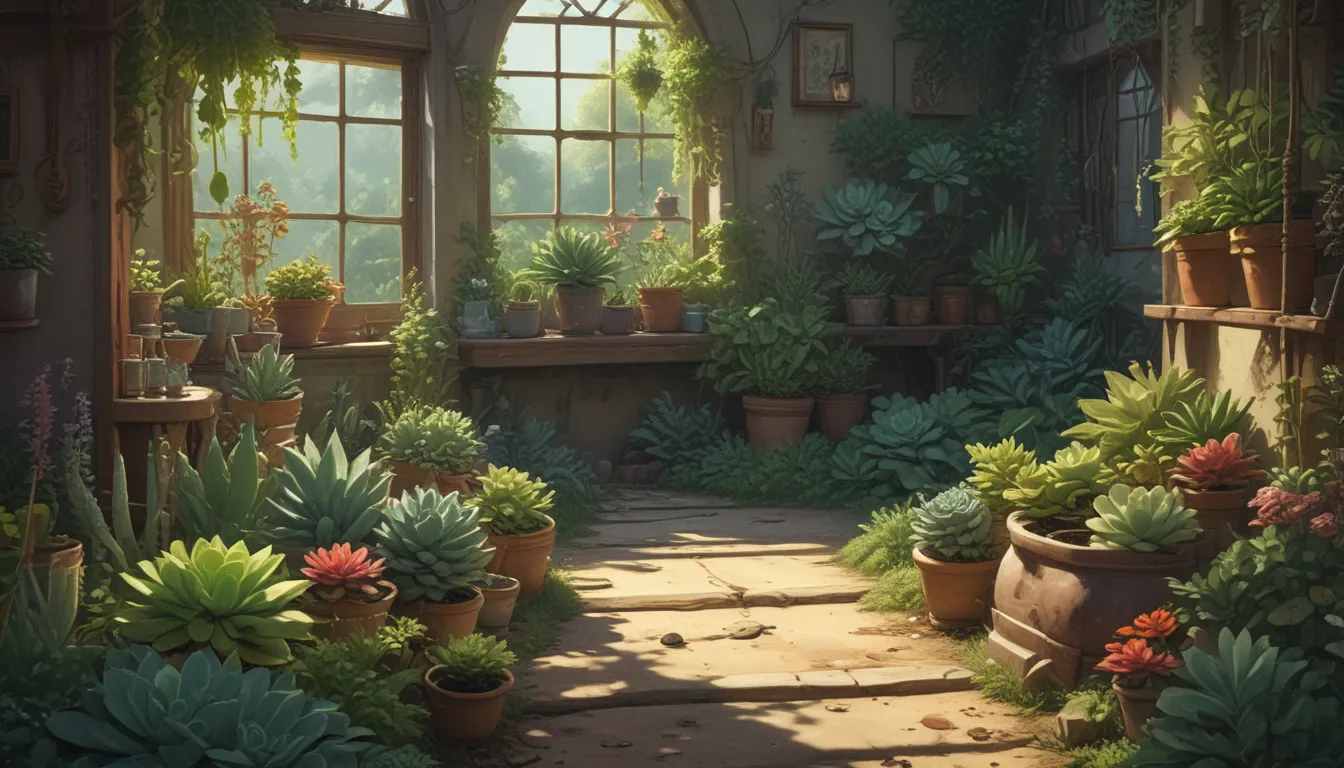
Succulents are not just one type of plant – they come in various species with unique characteristics that make them a favorite among plant enthusiasts. With their fleshy stems and leaves that retain water, these plants are truly remarkable. Not only are they water-wise, but their funky shapes also make them stand out in any garden. Their forms often remind me of sea life, with shapes resembling anemones, coral, jellyfish, sea urchins, sea lettuce, and seaweed.
Whether you are a seasoned succulent grower or a novice looking to add these unique plants to your outdoor garden, this comprehensive guide will provide you with all the information you need to successfully grow and maintain these beautiful plants.
What You’ll Learn
- Propagation – How to Grow – Growing Tips – Pruning and Maintenance – Where to Buy – Managing Pests and Disease – Creative Design Schemes
Succulents are not only beautiful but also easy to propagate. You can make new plants by dividing, taking cuttings, or starting from seeds. The propagation process is simple and rewarding, allowing you to expand your succulent collection effortlessly.
When growing succulents outdoors, it’s essential to choose the right location with full sun to part shade. The soil should be sandy loam that drains well and has a slightly acidic pH balance. Mixing in humus and gritty horticultural sand can improve drainage and provide essential nutrients for your plants.
It’s crucial to leave enough room for mature plant dimensions and choose low-moisture companion plants to ensure optimal growth. Watering should be infrequent but deep, allowing the soil to dry out completely between waterings. Additionally, mounding the soil and avoiding wetting the foliage can help prevent rotting, a common issue with succulents.
Succulents are light feeders and do not require frequent fertilization. Pruning and maintenance involve keeping the garden free of weeds, removing damaged leaves, and pruning leggy plants to promote bushier growth. Understanding the unique needs of each succulent species will help you maintain a healthy and thriving garden.
Where to Buy
If you’re looking to add new succulents to your collection, here are seven popular species to consider:
- Ghost Plant – Hens and Chicks – Jade Plant – Kalanchoe – Living Stones – Stalked Aeonium – String of Pearls
Each of these species has unique characteristics and growing requirements, making them suitable for various outdoor environments. Whether you prefer colorful blooms, intricate patterns, or striking textures, there is a succulent species to suit your preferences.
In addition to these popular species, there are many other types of succulents to explore, offering a wide range of colors, shapes, and sizes to create diverse and eye-catching arrangements in your garden.
Managing Pests and Disease
Maintaining a healthy succulent garden involves keeping an eye out for common pests like aphids, mealybugs, slugs, and snails. It’s essential to address pest issues promptly to prevent damage to your plants. In addition, diseases like leaf spot, powdery mildew, and root rot can affect succulents, especially when they are overwatered or exposed to excessive moisture.
Implementing proper watering practices and using preventative measures can help protect your succulents from pests and diseases. Understanding the signs of stress and taking proactive steps to address them can ensure the long-term health and vitality of your plants.
Creative Design Schemes
Designing with succulents offers endless possibilities for creating unique and visually appealing outdoor spaces. Whether you’re creating a dedicated succulent garden or incorporating these plants into existing landscapes, there are countless ways to showcase their beauty.
From beds and borders to drifts and rock gardens, succulents can thrive in various settings and arrangements. Using hardscape materials like bricks and stones can complement their soft forms and provide a striking contrast in your garden. Additionally, incorporating companion plants with similar cultural requirements can enhance the overall aesthetic and create harmonious plant combinations.
Experimenting with different design schemes, such as terracotta urn plantings, living walls, and succulent-filled architectural elements, can add a whimsical and imaginative touch to your outdoor space. By mixing and matching colors, shapes, and textures, you can create visually stunning displays that highlight the unique features of each succulent species.
Whether you’re a seasoned succulent enthusiast or a beginner looking to explore the world of outdoor gardening, succulents offer endless opportunities for creativity and self-expression. By following the tips and guidelines outlined in this guide, you can cultivate a thriving succulent garden that brings joy and beauty to your outdoor living space.
Now, it’s time to unleash your creativity and start planning your succulent garden adventure. Share your favorite succulent species and design ideas in the comments below and inspire others to embark on their own succulent journey.
Inspired by the original article, this rewritten guide provides valuable information and insights for readers interested in growing and designing with succulents outdoors. By incorporating new sections, content, and examples, this article aims to educate, inform, and inspire readers to explore the world of succulent gardening.

